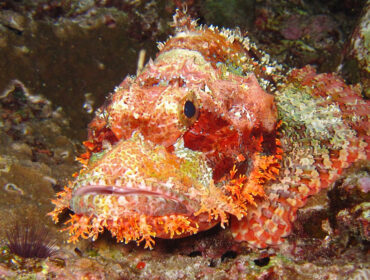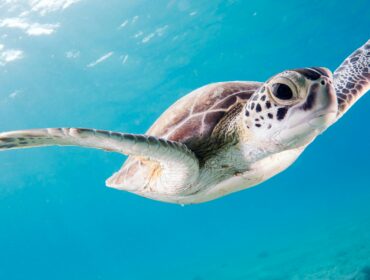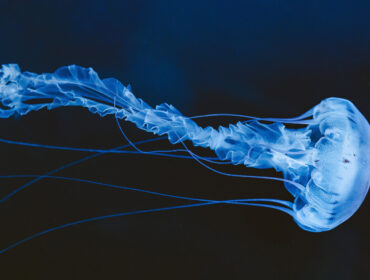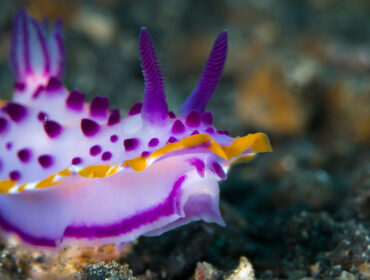Coral comes in all different shapes, sizes, and colors. It’s a natural wonder that mesmerizes divers and is essential to the balance of living creatures in the sea. All types of coral do best in locations where there is a healthy current. The flowing waters bring them their oxygen, carry off any waste, and allow them to filter feed. Soft corals have become increasingly popular for aquarium enthusiasts who are creating their own underwater reefs. There are many different species, each with attractive features that are unique and colors that truly dazzle.
Unlike other species of coral that have hard skeletons, corals that are soft in nature truly seem to move with the water. They are definitely worth making a special dive trip to see for yourself, or even in an aquarium if available. Among the many species that are growing in the oceans of the world, these 3 types of soft coral stand out against the rest.
Pulsing Sinularia
The Pulsing Sinularia is a type of soft coral that has fuzzy polyps and is really eye-catching. It actually has a pulsing action that occurs when the coral is feeding. It has a lovely appearance as the white tendrils extend and wave in the water. This species is extremely popular in saltwater aquariums.
Blue Palm Coral
Blue Palm Coral is a true beauty. It has long stalks that extend upward, topped off by heads that have beautiful, blue clusters on top. This coral goes by other names, such as Lollipop coral, and somewhat resembles lollipops standing in the water. This type of coral does not generate food from light, but rather filters all of its nutritional needs from the water.
Tyree Toadstool
Tyree Toadstool is a fascinating species of soft coral that has a brilliant green tint. It’s also referred to as Green Polyp Leather Coral, Mushroom Coral, or Umbrella Coral. It’s shape especially catches the attention of others as it resembles its namesake, the toadstool. One can find small clumps of coral along the ocean floor or at the bottom of a spacious aquarium. It does best in conditions where there is a steady flow of water and a healthy source of light.




